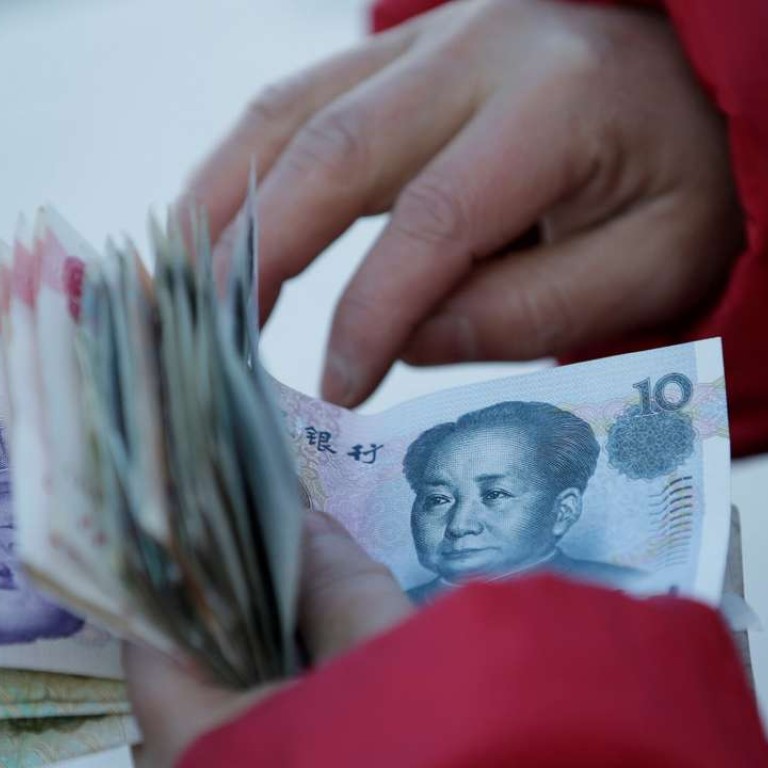
China’s economy and currency not out of the woods yet, says Capital Economics
The current strength of China’s economy is unlikely to last, even absent any external shock, say Capital Economics analysts
With recent signs pointing to the stabilisation of the Chinese economy and currency, sentiment has turned around dramatically among market watchers. But some analysts warn it may be too early to cheer as there are good reasons to expect growth to slow again and the yuan to come back under pressure.
“Evidence of a sharp turnaround in growth and policymakers’ success in preventing a destabilising
slide in the renminbi have underpinned a dramatic shift in sentiment towards China,” Julian Evans-Pritchard and Mark Williams, analysts for Capital Economics, said in a recent research report.
The main driver of the turnaround in sentiment has been a stronger Chinese economy.
A raft of key indicators all point to a sharp pick-up, including power consumption, fixed asset investment, services sector activity, and trade growth for the first two months of the year.
According to Capital Economics’ China Activity Proxy, the mainland economy is now growing at around 6. 5 per cent year on year, up from 4.8 per cent at the start of last year.
Meantime, concerns about protectionism have eased as US President Donald Trump has softened his stance on China, Evans-Pritchard and Williams said.
Worries over the yuan’s depreciation and capital outflows have also faded.
So far this year, the offshore Chinese yuan has appreciated 1.4 per cent against the US dollar. The onshore rate has also risen 0.8 per cent.
China’s foreign exchange reserves rebounded in February for the first time in eight months, back above US$3 trillion. It increased by US$6.9 billion during the month.
Even debt fears have abated. Profit growth at China’s industrial firms surged 32 per cent in the first two months of this year to 1.91 trillion yuan.
“A jump in corporate profits has granted struggling borrowers a reprieve,” the analysts said.
However, this state of affairs will not last, they warned.
Capital outflows are likely to pick up and the yuan could come under pressure when the US dollar strengthens again. US President Trump could also adopt a more confrontational stance toward China later in his term.
“Most important, the current strength of the Chinese economy is unlikely to last, even absent any external shock,” they said.
The sharp rebound in China’s economic activities was triggered by policy loosening, but the growth is well above the sustainable rate.
“As cyclical spare capacity diminishes, growth will inevitably slow, a process that will be sped up by recent moves to tighten monetary and fiscal policy, and property market controls,” Evans-Pritchard and Williams said.
In the longer term, China’s outlook hinges on structural reforms.
“If policymakers move quickly to tackle the debt build-up and resulting resource misallocation by allowing state firms to go bust, then growth could feasibly stabilise at around 4 to 5 per cent during the coming decade,” they said.
However, China’s policy makers appear unwilling to be so bold at this moment.
The Capital Economics analysts said the authorities still have the tools to prevent problems at individual banks from snowballing into a systemic crisis.
But as balance sheets deteriorate, it will be more challenging to manage financial risks.
“And even if a financial crisis is avoided, the continued misallocation of resources will result in a deeper economic slowdown, with growth as slow as 2 per cent during the decade ahead,” they said.

